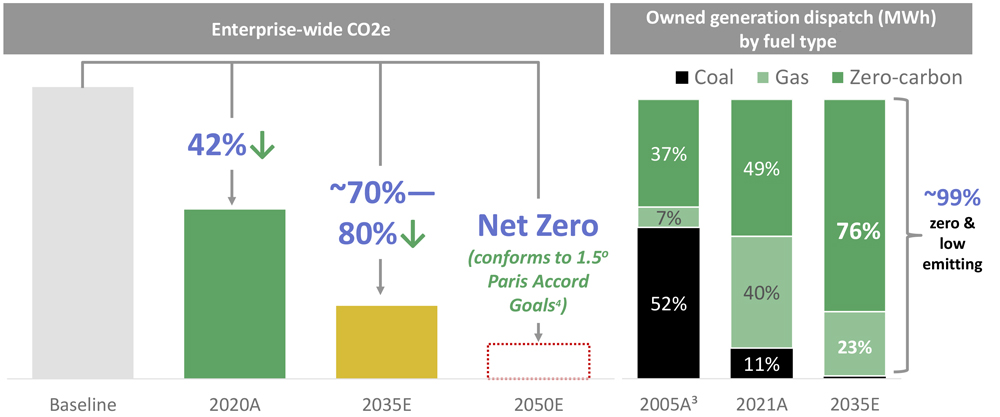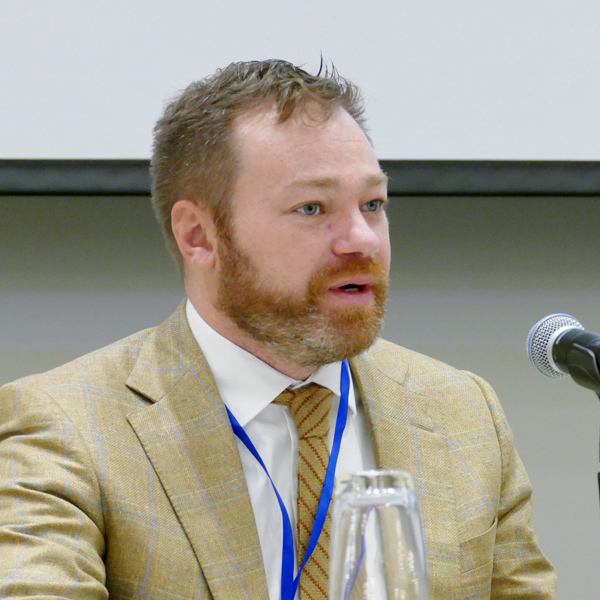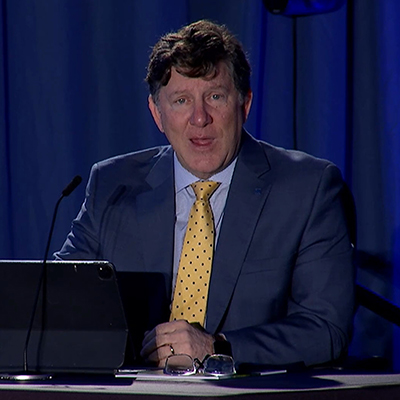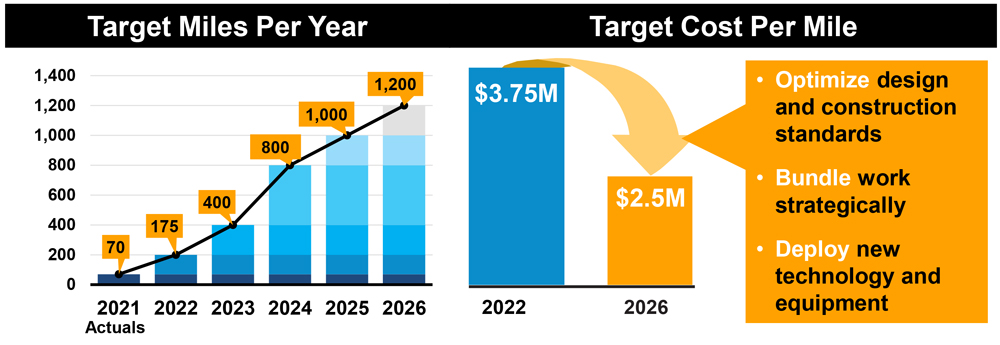New Jersey is putting up $5 million to fund the launch of a project that will put 100 self-driving electric vehicles to work in a shuttle service in the state’s capital, Trenton.
Gov. Phil Murphy, who announced the local transportation grant Wednesday, has put out a request for expression of interest (RFEI) seeking input from companies willing to “design, build out and [operate] a safe, equitable, affordable, sustainable and efficient on-demand automated vehicle shuttle system.”
The RFEI envisions a project that uses low-capacity shuttles, each carrying four to eight passengers, to create a “ride-hailing service.” Passengers would call the shuttle via a phone application and board and disembark at one of 60 “kiosks,” or bus stops, spaced out across the city. The vehicles, when idle, would be “repositioned to the nearest/high-demand kiosk locations,” the RFEI stated.
The shuttles would be battery-powered, zero-emission vehicles, the RFEI said, and it encouraged “innovative ways to cleanly and sustainably recharge vehicles.”
Murphy and Trenton officials see the project as a way to provide transportation to the 90,000-resident city, where 70% of households have either a single car or no car at all.
The governor called the project, known as Trenton Moves for Mobility & Opportunity: Vehicles Equity System project, an “innovative solution to a longstanding transit deficit.”
“Using autonomous vehicle technology to combat inequities and to provide improved transportation in urban areas is a laudable and much needed effort,” he said.
Harnessing Technology
No autonomous vehicles, known as Level 5 vehicles, are currently for sale to drive on U.S. roads, mainly because they have not met safety standards, according to the National Highway Traffic Safety Administration (NHTSA). However, some states permit a limited number of “self-driving” vehicles to conduct testing, research and pilot programs on public streets, which the agency monitors, it said.
Despite extensive investment, autonomous technology has not managed to reduce accidents: There are 9.1 self-driving car accidents per million miles driven, compared to 4.1 crashes per million miles for regular vehicles, according to an article in the National Law Review. California prosecutors last month filed two counts of vehicular manslaughter against the driver of a Tesla on Autopilot — the company’s autonomous system that can control steering, speed and braking — that ran a red light, slammed into another car and killed two people in 2019.
Yet analysts expect self-driving vehicles, when improved, to be safer than vehicles driven by humans because they remove the factor of human errors, and A.I. can detect or anticipate problems earlier than humans.
Murphy has set a goal for New Jersey to cut carbon emissions to half of 2006 levels by 2030. He has pushed for greater use of EVs, including buses and shuttles, by offering incentives and grants to EV buyers, and he is pushing to increase the number of charging points around the state. The governor’s 2019 Energy Masterplan: Pathway To 2050 cast autonomous vehicles as a tool to help cut emissions.
“The state can also explore and pilot shared, connected and autonomous vehicle deployment in select communities and settings (e.g., dense downtowns, as shuttle operations) in a manner that enhances existing public transportation and promotes ridesharing, thereby reducing the need for personal vehicles,” the plan reads. “In addition to increasing shared vehicle usage, encouraging connections between mass transit, EVs, and connected and autonomous vehicles can foster more multimodal travel and overall emissions reduction.”
Overcoming Public Trepidation
Alain Kornhauser, a professor of operations research and financial engineering at Princeton University, where he is also faculty adviser for the Princeton Autonomous Vehicle Engineering program, said Trenton is an “ideal” market to launch the program because of the low level of car ownership.
Kornhauser sat on the 10-member New Jersey Advanced Autonomous Vehicle Task Force convened by the state legislature to study the possibility of using autonomous vehicles in the state. The task force’s final report concluded that “highly autonomous vehicles (HAVs) have the potential to provide a range of benefits, including safety, mobility, efficiency, convenience, economic and other societal benefits.”
The report acknowledged that there is a “great deal of uncertainty surrounding AV technology development and adoption,” including whether HAVs should be privately owned or used mainly for shared use, or a combination of both.
But “to realize the many potential positive benefits of AVs and to achieve high-quality affordable mobility that is within the reach of most New Jerseyans, the state should encourage driverless ridesharing,” the report added. It said that any test programs should be conducted with a “safety driver present.”
Kornhauser said the only project close to fruition in the U.S. that is similar to the proposed Trenton Moves project is in Phoenix, Ariz., where a fully automated ride-hailing service is operated by Waymo, a company that was started by Google and later split off.
Kornhauser said he is confident that the technology to enable self-driving vehicles will be available by the time the Trenton project has gone through a solicitation process and is ready to be launched. The task should be made easier by the fact that the project covers only 8 square miles and can be designed to take place in the “easiest streets, the easiest intersections to operate on,” he said.
“My expectation is that when we put out the request for proposals for a private company to join, to make a private-public partnership to make this actually happen, that the technology that’s brought in by the private folks works,” he said.
Kornhauser said that the low level of car ownership in Trenton will likely mean that the population is more open to using autonomous vehicles, but there will still be a learning curve.
“The main motivation to have an attendant is to make sure that it is safe, of course, without a doubt, but to acclimate the people,” he said. “They don’t know anything about this. They have never gotten into one. They don’t know if it works. There’s a whole acclimation period on the customer side.”




